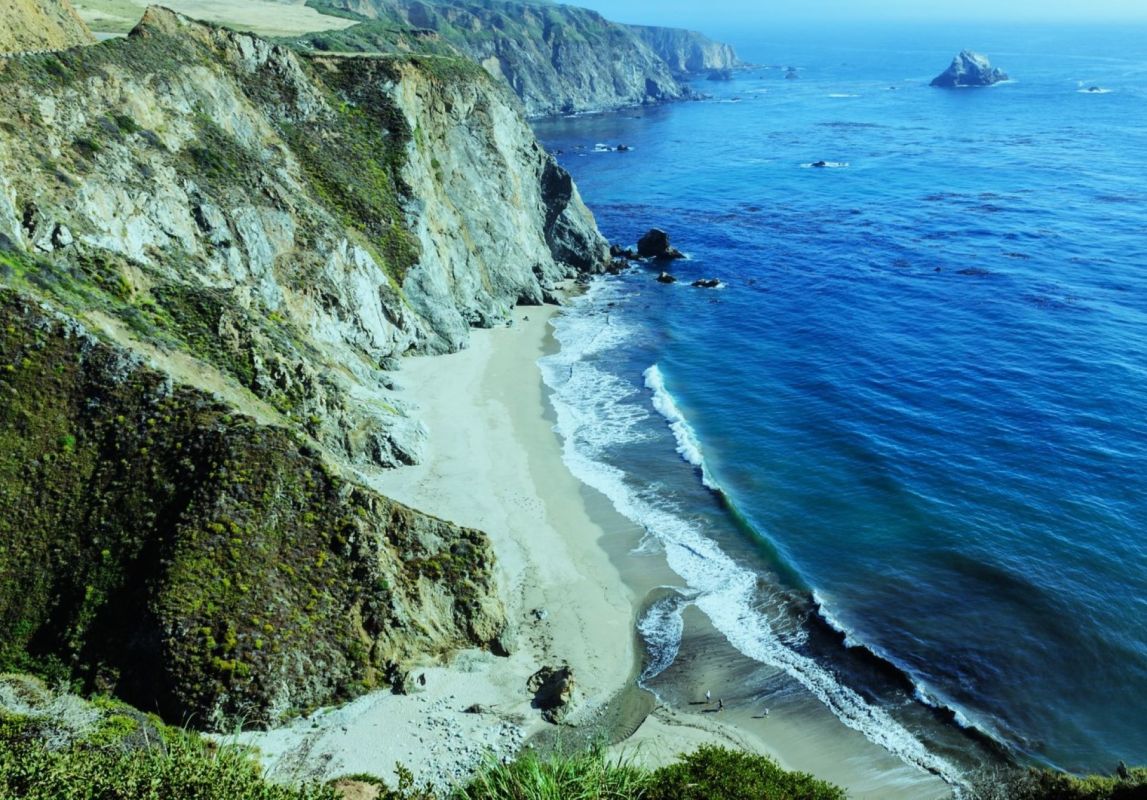California's beautiful beaches have seen tragedy this year. Beachgoers and nature lovers have been shocked to see hundreds of sick or dying sea mammals.
These animals are poisoned by a toxic algae bloom off the coast of California, "one of the largest in memory."
What's happening?
From Santa Barbara to San Diego, hundreds of sea lions and dolphins have been reported as sick or dead. The culprit is a dangerous neurotoxin, domoic acid, present in algae from a nearby bloom.
Domoic acid is found in a type of algae called Pseudo-nitzschia australis, prevalent in the algal blooms near California. Domoic acid moves through the food chain from the fish that eat the algae to the sea lions and dolphins that eat those fish.
The toxin affects the brain and heart, which can cause seizures and abnormal behavior, which could spell danger for nearby humans. Sick sea lions may even bite or attack beachgoers.
Why is this outbreak concerning?
Overgrowths of algae, known as algal blooms, can cause many problems for ocean life and humans. Toxic algae can sicken and kill animals and humans who come in contact with it.
The death toll in California is up to 100 sea lions and 100 dolphins, with hundreds more animals sick from ingesting domoic acid.
This specific type of algal bloom is caused by coastal upwelling, which is when nutrients from lower depths of the ocean are pushed toward the surface. The algae thrive in these conditions. Some scientists are starting to track what role climate change may have on these blooms, as they have been becoming more frequent and severe in recent years.
Sport fishers should be aware of the domoic acid threat, and humans should avoid eating any seafood caught off the coast. Commercially sold seafood, however, is safe to eat, as it is rigorously tested for domoic acid.
What's being done about it?
On the coasts, wildlife organizations are trying to keep animals and humans safe. As sick animals could attack humans, experts advise that people call the authorities rather than approach these animals. Supporting wildlife organizations is a great way to help directly.
Scientists are working to understand why these outbreaks occur and how to predict when they might arrive. Predictive models can help officials keep people informed and safe while preparing rescue organizations for any blooms.
The increased rate and severity of algal blooms is causing concern among marine scientists. Ocean acidification and warming temperatures make these events worse. Policy surrounding nutrient disposal, like the ones implemented in San Francisco, is a step toward lessening the effects of these blooms, but global climate policy is the best course of action to combat algal blooms.
Join our free newsletter for cool news and cool tips that make it easy to help yourself while helping the planet.









